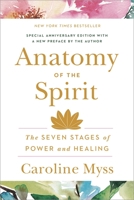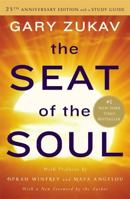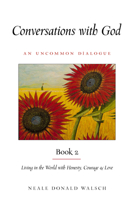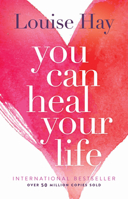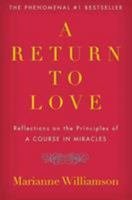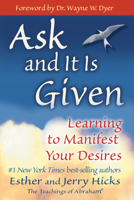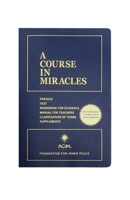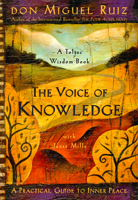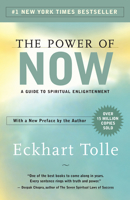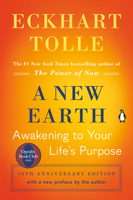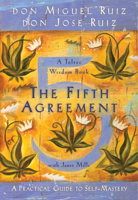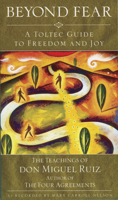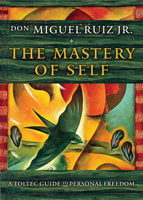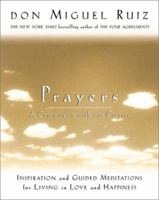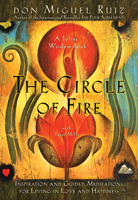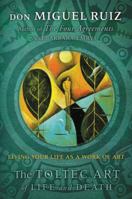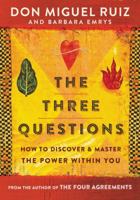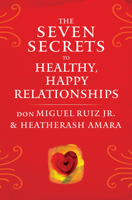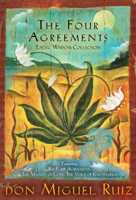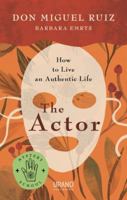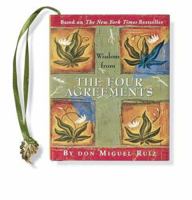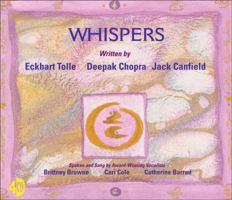The Four Agreements: A Practical Guide to Personal Freedom (A Toltec Wisdom Book)
Select Format
Select Condition 
You Might Also Enjoy
Book Overview
The incredible New York Times and international bestselling guide to true happiness. "This book by don Miguel Ruiz, simple yet so powerful, has made a tremendous difference in how I think and act in every encounter."--Oprah Winfrey A bestseller for over a decade, published in fifty-three languages wordwide, The Four Agreements, bestselling author don Miguel Ruiz reveals the source of self-limiting beliefs that rob us of joy and create needless suffering. Based on ancient Toltec wisdom, The Four Agreements offer a powerful code of conduct that can rapidly transform our lives to a new experience of freedom, true happiness, and love. "Don Miguel Ruiz's book is a roadmap to enlightenment and freedom."--Deepak Chopra, Author, The Seven Spiritual Laws of Success "An inspiring book with many great lessons."--Wayne Dyer, Author, Real Magic "In the tradition of Castaneda, Ruiz distills essential Toltec wisdom, expressing with clarity and impeccability what it means for men and women to live as peaceful warriors in the modern world."--Dan Millman, Author, Way of the Peaceful Warrior This description may be from another edition of this product.
Format:Paperback
Language:English
ISBN:1878424319
ISBN13:9781878424310
Release Date:November 1997
Publisher:Amber-Allen Publishing, Incorporated
Length:160 Pages
Weight:0.42 lbs.
Dimensions:7.3" x 0.5" x 5.1"
More by Miguel Ruiz
Don Miguel Ruiz was born into a family of healers, and raised in rural Mexico by a curandera (healer) mother and a nagual (shaman) grandfather. The family anticipated that Miguel would embrace their centuries-old legacy of healing and teaching, and carry forward the esoteric Toltec knowledge. Instea... Learn More About This Author
Customer Reviews
4 customer ratings | 4 reviews
Rated 5 starsBrain food
By Mums, Verified Purchase
Easy quick read that gave me much to ponder on I’ll be sharing this book with all my bookworm friends I hope they enjoy it as much as I did
24Report
Rated 5 starsSimple yet powerful
By Sur ike,
Awesome and quick read with major insight that would help the masses. Absolutely worth a read
18Report
Rated 5 starsGreat read!
By Bree, Verified Purchase
Re reading as we speak! Bought it last year it was so informative I gave a copy to all my friends and family
18Report
Rated 5 stars!!!!
By Rali, Verified Purchase
I think everyone should read this book at least once in their lifetime.
15Report
Rated 5 stars$ behaviors we all need
By lee, Verified Purchase
putting together a library for young adults
15Report



















